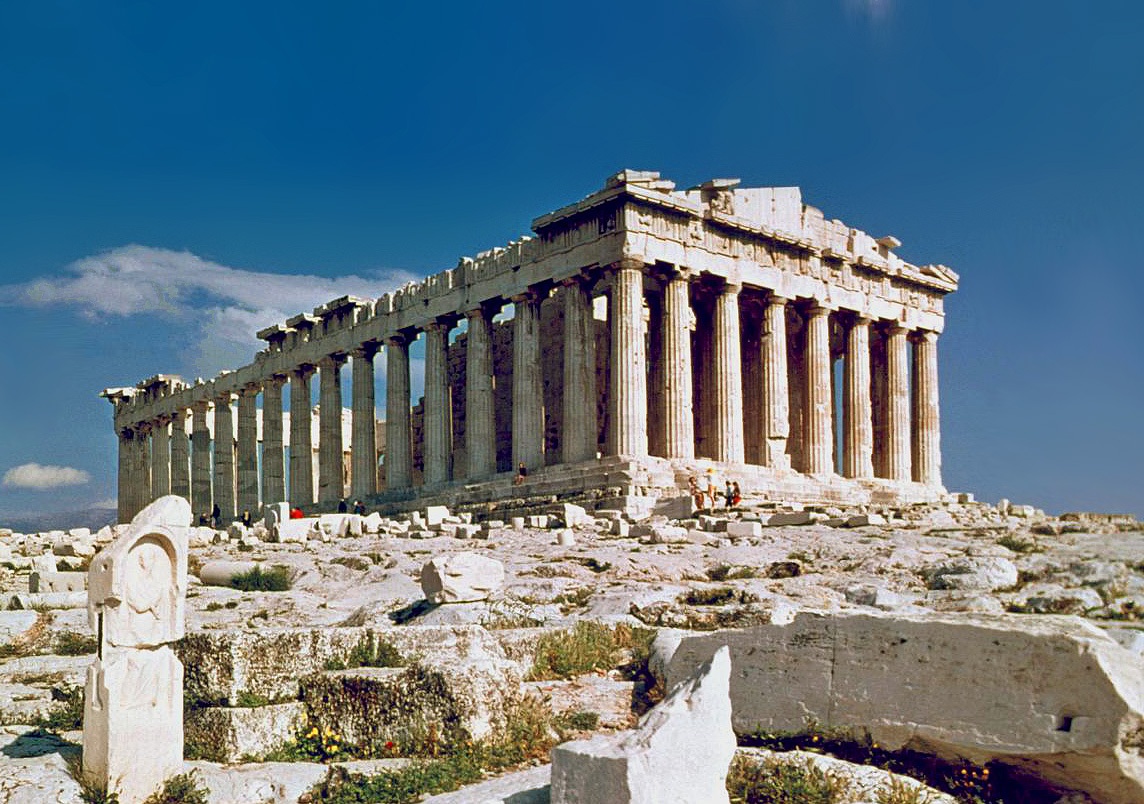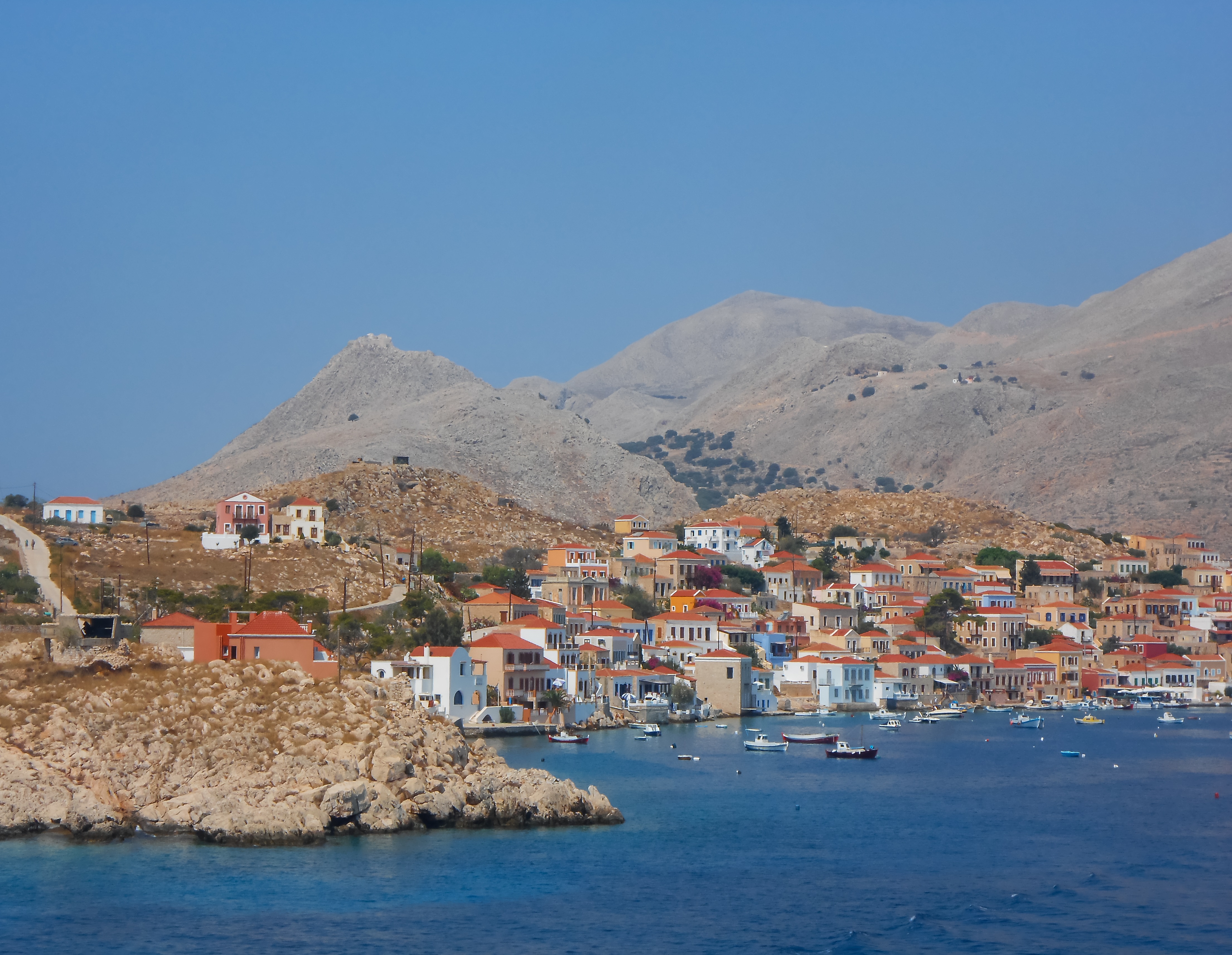|
Greek Folk Music
Greek traditional music (, , 'traditional music'; also , , 'folk songs') includes a variety of Culture of Greece, Greek styles played by Greek people, ethnic Greeks in Greece, Cyprus, Australia, the United States and other parts of Europe. Apart from the common music found generally in Greece, each region of Greece contains a distinct type of folk music that originated from the region due to their history, traditions and cultural influences. Overview Greek folk music originally, predominantly contained one genre, known as Greek ''Demotiko (or Demotic/Paradosiako).'' This refers to the traditional Greek popular songs and music of mainland Greece and islands, which date back to the Byzantine Greece, Byzantine times. It was the sole popular musical genre of the Greek people until the spread of ''Rebetiko'' and ''Laïko, Laiko'' (other genres of folk music) in the early 20th century, spread by the Greek refugees from Asia Minor. This style of music evolved from the ancient and the ... [...More Info...] [...Related Items...] OR: [Wikipedia] [Google] [Baidu] |
Culture Of Greece
The culture of Greece has evolved over thousands of years, beginning in Minoan civilization, Minoan and later in Mycenaean Greece, continuing most notably into Classical Greece, while influencing the Roman Empire and its successor the Byzantine Empire. Other cultures and states such as the Frankokratia, Frankish states, the Ottoman Empire, the Venetian Republic and House of Wittelsbach, Bavarian and House of Glücksburg, Danish monarchies have also left their influence on modern Greek culture. Modern democracies owe a debt to Greek beliefs in government by the people, trial by jury, and equality under the law. The ancient Greeks pioneered in many fields that rely on systematic thought, including biology, geometry, history, philosophy, and physics. They introduced important literary forms as epic and lyric poetry, history, tragedy, and comedy. In their pursuit of order and proportion, the Greeks created an ideal of beauty that strongly influenced Western art history, Western art ... [...More Info...] [...Related Items...] OR: [Wikipedia] [Google] [Baidu] |
Ballos
The Ballos () is a Greek folk dance and a form of sirtos. There are also different versions in other Balkan countries. The Ballos is of Greek origin, with ancient Greek elements. The name originates in the Italian ''ballo'' via Latin "ballo" which derives from the Greek verb "βαλλίζω" ''ballizo'', "to dance, to jump")., myetymology.com The melody of a ''ballos'' is generally joyous and lyrical which is typical of the music of the Aegean Islands. This couples' dance incorporates all the elements of courtship: attraction, flirtation, display of masculine prowess and feminine virtue, pursuit, and rejection followed by eventual capture and surrender. Its origin is in the island culture of Greece. Men could not approach women easily, so they created this dance in order to "flirt" with them. There are various forms of the ''ballos'' around the islands. The simplest is one in which a single couple goes through a series of spontaneous figures. In another version many couples ... [...More Info...] [...Related Items...] OR: [Wikipedia] [Google] [Baidu] |
Mandolin
A mandolin (, ; literally "small mandola") is a Chordophone, stringed musical instrument in the lute family and is generally Plucked string instrument, plucked with a plectrum, pick. It most commonly has four Course (music), courses of doubled Strings (music), strings tuned in unison, thus giving a total of eight strings. A variety of string types are used, with steel strings being the most common and usually the least expensive. The courses are typically tuned in an interval of perfect fifths, with the same tuning as a violin (G3, D4, A4, E5). Also, like the violin, it is the soprano member of a Family (musical instruments), family that includes the mandola, octave mandolin, mandocello and mandobass. There are many styles of mandolin, but the three most common types are the ''Neapolitan'' or ''round-backed'' mandolin, the ''archtop'' mandolin and the ''flat-backed'' mandolin. The round-backed version has a deep bottom, constructed of strips of wood, glued together into a bowl. Th ... [...More Info...] [...Related Items...] OR: [Wikipedia] [Google] [Baidu] |
Laouto
The laouto (, pl. laouta ) is a long-neck fretted instrument of the lute family, found in Greece and Cyprus, and similar in appearance to the oud. It has four double-strings. It is played in most respects like the oud (plucked with a long plectrum); in Cyprus the laouto is plucked with a feather. This instrument is known in Albania as "llautë" (indefinite form) or "llauta" (definite form), and in Romania as "lăuta". Construction Unlike the oud and other short-necked lutes, the laouto has a higher string tension due to its steel strings and longer neck, and hence it is brighter in tone than the oud. It also has movable frets to permit the playing of the dromoi, or modes of Greek traditional music. The laouto also tends to have only one sound hole (sometimes two) whereas the oud family tend to have three. Despite this, there are many similarities between the laouto and the oud. The soundboard is often made of spruce or cedar wood, while the body is usually made of a harder ... [...More Info...] [...Related Items...] OR: [Wikipedia] [Google] [Baidu] |
Kostas Mountakis
Kostas Mountakis (, a.k.a. Μουντόκωστας) (10 February 1926, in Alfa in Mylopotamos, Crete – 31 January 1991) was a Greek musician who popularized the traditional music of the island of Crete, primarily with the lyra, the bowed string instrument of Crete and most popular surviving form of the medieval Byzantine lyra. His parents came from the village Kallikratis in Sfakia, Crete. His older brother Nikistratos was playing the lira and so did Mitsos Kaffatos – one of the best musicians in Rethymno at that time – who was to become Kostas’ tutor. When the German military occupation of Crete started, Kostas Mountakis was 15 years old. In those days, he played his lira and sang at the village coffee shop, and later at wedding receptions. In 1952, Kostas Mountakis participated for the first time in an album recording when he accompanied Stelios Koutsourelis at the song "Arpaxsa kai Baildisa". In 1954, he recorded his first personal album accompanied by the Koutsou ... [...More Info...] [...Related Items...] OR: [Wikipedia] [Google] [Baidu] |
Cretan Lyra
The Cretan lyra () is a pear-shaped three-stringed Greece, Greek Violin, a traditional Greek musical instruments, musical instrument, central to the traditional music of Crete and other islands in the Dodecanese and the Aegean Islands, Aegean Archipelago, in Greece. The Cretan lyra is considered to be the most popular surviving form of the medieval Byzantine lyra, an ancestor of most European bowed instruments. Playing style The lyra is held vertically on the player's lap, in the same way as a small viol, rather than being placed under the chin of the player like a violin. For normal right-handed playing, the player's right hand holds the bow. The strings are stopped by pressing the fingernails of the player's left hand against the side of the string, rather than by pressing the string against the fingerboard. This gives it a different tone from the violin. Older lyras (lyrakis) have one string which is normally not fingered and is used as a Drone (music), drone, playing the same ... [...More Info...] [...Related Items...] OR: [Wikipedia] [Google] [Baidu] |
Crete
Crete ( ; , Modern Greek, Modern: , Ancient Greek, Ancient: ) is the largest and most populous of the Greek islands, the List of islands by area, 88th largest island in the world and the List of islands in the Mediterranean#By area, fifth largest island in the Mediterranean Sea, after Sicily, Sardinia, Cyprus, and Corsica. Crete is located about south of the Peloponnese, and about southwest of Anatolia. Crete has an area of and a coastline of 1,046 km (650 mi). It bounds the southern border of the Aegean Sea, with the Sea of Crete (or North Cretan Sea) to the north and the Libyan Sea (or South Cretan Sea) to the south. Crete covers 260 km from west to east but is narrow from north to south, spanning three longitudes but only half a latitude. Crete and a number of islands and islets that surround it constitute the Region of Crete (), which is the southernmost of the 13 Modern regions of Greece, top-level administrative units of Greece, and the fifth most popu ... [...More Info...] [...Related Items...] OR: [Wikipedia] [Google] [Baidu] |
Kasos
Kasos (; , ), also Casos, is a Greek island municipality in the Dodecanese. It is the southernmost island in the Aegean Sea, and is part of the regional unit Karpathos-Kasos. The capital of the island is Fri. , its population was 1,223. Names There are several references to the island in the works of ancient authors, including as Amphe (), Astrabe (), and Achni (). Concerning Kasos (), Samuel Bochart (1674) and Victor Bérard (1902) suggested that it could derive from the Canaanite word ''kas'' , and that it is a doublet with Greek Achni (). The island is also known in Italian as Bertarelli, 139 and in Turkish as or (). Geography Kasos lies southwest of Karpathos, and east of Crete. The island lies within the subtropical zone, being at 35ºN latitude. Adjacent to the island is the Strait of Kasos, through which some of the Modified Atlantic Water enters the Sea of Crete. Its shape is elliptic and resembles that of Rhodes. The main island has a surface of , bein ... [...More Info...] [...Related Items...] OR: [Wikipedia] [Google] [Baidu] |
Halki (Greece)
Halki ( ; alternatively ''Chalce'' or ''Chalki'') is a Greek island and municipality in the Dodecanese archipelago in the Aegean Sea, some west of Rhodes. It has an area of . It is part of the Rhodes regional unit. It has a permanent population of 330 (increased during the summer months), concentrated in the only village of Emporio. The 2021 census showed a population of 475 inhabitants. The community is divided in two parts, Chorio (Χωριό, also spelled Horio, "Village") and Emporio (Εμποριό, "Market"). History The island supported a much larger population but, following emigration in the mid-20th century, Chorio was almost completely abandoned. A sizable group of the residents moved to Tarpon Springs, Florida, establishing the Greek-American community there that continues to this day. A ruined medieval castle of the Knights of St. John overlooks the old town and the chapel contains some of the original frescoes. ;List of Halki rulers Municipality The Muni ... [...More Info...] [...Related Items...] OR: [Wikipedia] [Google] [Baidu] |
Kárpathos
Karpathos (, ), also Carpathos, is the second largest of the Greek Dodecanese islands, in the southeastern Aegean Sea. Together with the neighboring smaller Saria Island it forms the municipality of Karpathos, which is part of the regional unit Karpathos-Kasos. Because of its remote location, Karpathos has preserved many peculiarities of dress, customs and dialect, the last resembling those of Crete and Cyprus. The island has also been called Carpathus in Latin language, Latin and Scarpanto in Italian. Etymology Homer calls the island Krapathos, with metathesis of two letters in the first syllable. Other names of the island include Tetrapolis and Anemoessa. Municipality The present municipality of Karpathos was formed at the 2011 local government reform, by the merger of the following two former municipalities, that became municipal units: Karpathos' highest point is Kali Limni, at . Karpathos comprises 11 villages. Pigadia (official name ''Karpathos''), the capital and main ... [...More Info...] [...Related Items...] OR: [Wikipedia] [Google] [Baidu] |





